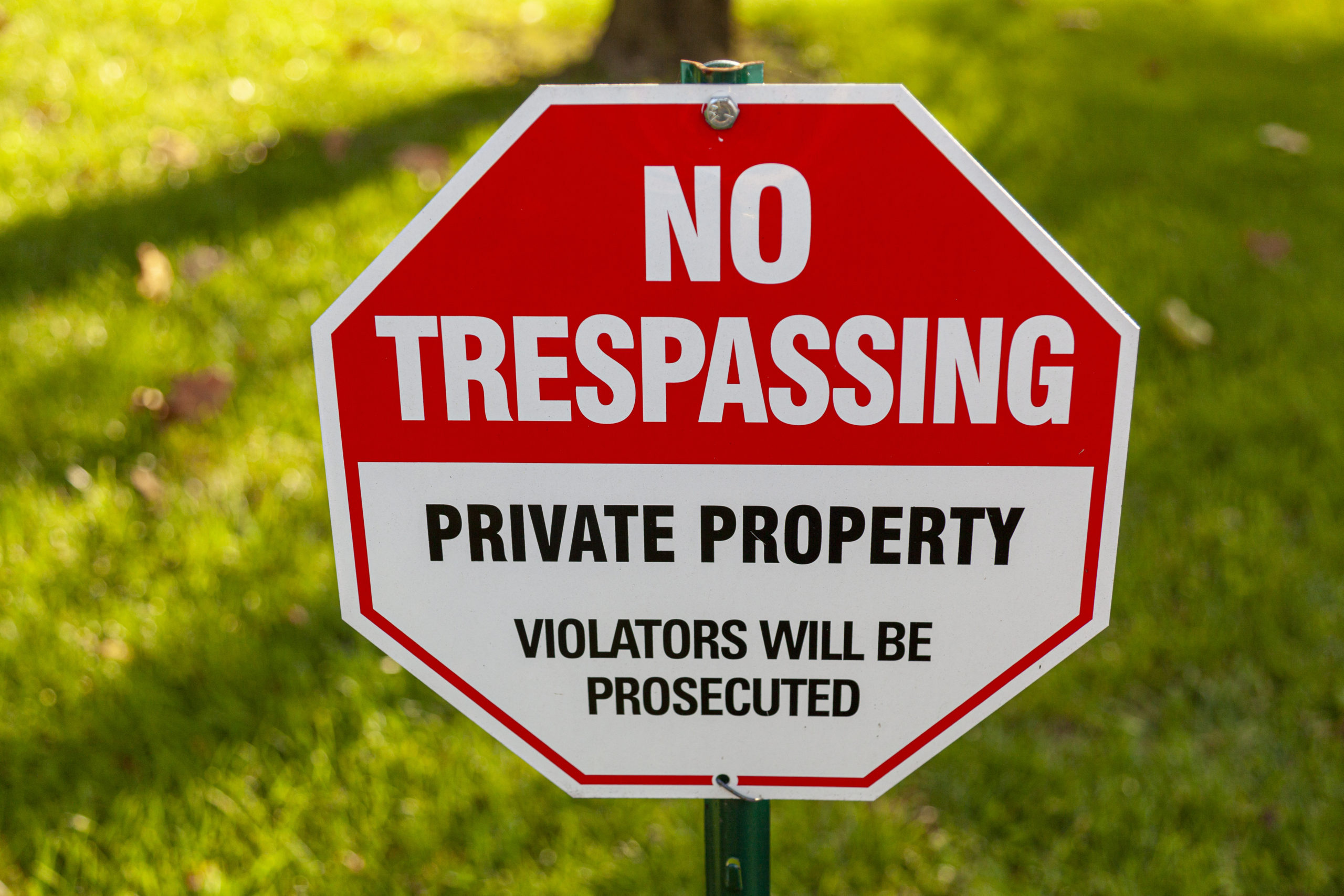Amateur lawyers often talk or ask about adverse possession; they are almost as frequently wrong about it. Simply put, in Maryland, adverse possession is the ability of someone to gain ownership of property by trespassing onto it, claiming it as their own, and staying on it for twenty years. Legally, there are three groups of elements to prove adverse possession. The possession must be (1) actual, open and notorious, and exclusive; (2) continuous or uninterrupted for the requisite period; and (3) hostile, under claim of title or ownership. Let’s dig into what each of these requirements actually mandates.
Actual, Open and Notorious, Exclusive
These three elements are all proven by similar evidence. One court defined actual possession as acts of ownership of such a character as to openly and publicly indicate an assumed control or use such as is consistent with the character of the premises in question. So you cannot just walk across it occasionally, you have to use it in the way that an owner would use this particular tract of property. When a small parcel of scrubby brush land adjacent to a farm was at issue, actual possession was established by clearing brush, cutting bean poles, felling large trees, and planting and maintaining a flower bed. Another adverse possessor consistently maintained and mowed the parcel up to the fence line and used the land to gather firewood and as a playground for his children, while a third added to the planting on the disputed property with ground cover and perennial flowers and maintained the greenery. The grass was mown, leaves raked, and plants pruned. Brambles and poison ivy were sprayed to prevent their encroachment onto the back yard.
The requirement that possession be open and notorious is aimed at giving notice to the title owner, so that he may take appropriate action. Possession must be visible and notorious, so that the owner may be presumed to have notice of it. Exclusive possession requires that the adverse possessor show an exclusive dominion over the land and an appropriation of it to his own use and benefit. An adverse claimant’s possession need not be absolutely exclusive, however; it need only be a type of possession which would characterize an owner’s use. Once again, this bucket of elements is aimed at giving the owner an opportunity to recognize and understand the use of the property by an intruder so that they may take appropriate action.
Continuous or Uninterrupted
The second bucket of elements has to do with the period of time adverse possession has occurred, and whether it was continuous. The adverse possessor must have the property for a period of 20 years in Maryland. The case law also allows for “tacking,” which means that a predecessor may have had possession of the property for some period of time, and the subsequent adverse possessor may “tack” that time onto is own to reach the 20 year mark. An owner may interrupt this period by retaking possession, which involves a possessory act of dominion over land consistent with the ordinary management of similar lands by their owners.
Hostile and Under Claim of Title or Ownership
Finally, an adverse possessor must prove that the possession is hostile to the present owner. This does not necessarily mean bad blood, but the claimant must prove that possession is without license or permission and free of any admission that the current owner has right to the land. Any acceptance by the adverse possessor that another has a valid right to the property is sufficient to defeat a claim for adverse possession.
Making it Legal
If a party has reached the statutory minimum of 20 years in Maryland while satisfying the three criteria above, then that party may file a quiet title lawsuit in the circuit court for the county where the property or any part of the property is located to quiet or remove any cloud from the title. Such a suit will allow the court to rule on any adverse claim.
The Takeaway
Adverse possession frequently comes about in one of two ways: either a trespasser to land sets up on it and uses it for sufficient time without the title owner taking any action, or a mistaken boundary line sits uncorrected for two decades or more. If you are an owner of real property, you should be aware of what is occurring on your property sufficient to prevent any trespasser from meeting the elements above; anyone attempting to obtain title to unused property via adverse possession would be wise to learn these elements early on before waiting 20 years. And if a dispute or mistake arises regarding a property line, whether it be the location of a fence, it is best to resolve it early, lest ownership pass via adverse possession over time.


